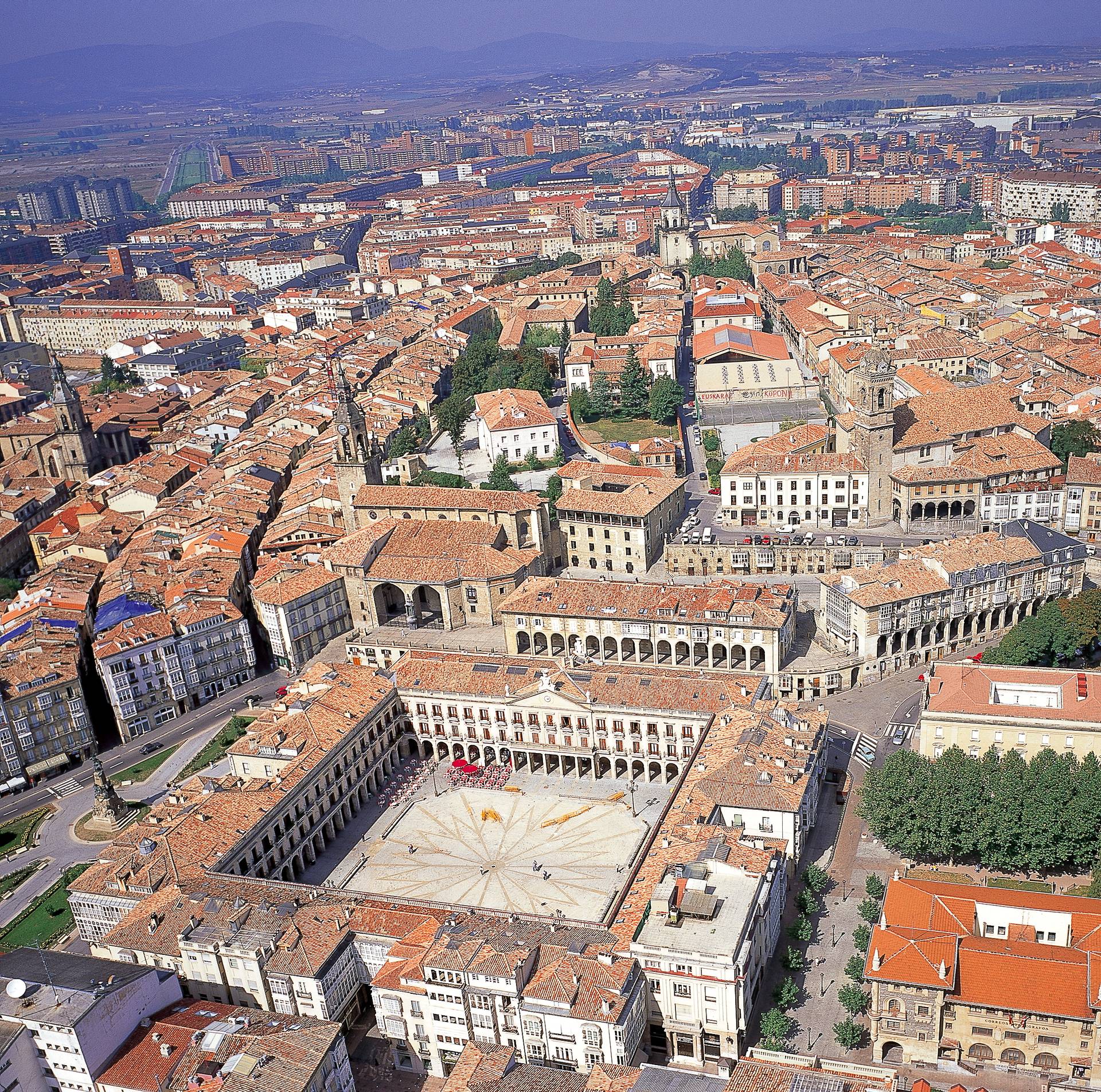ROME – On Tuesday, Pope Francis’s longstanding love affair with the Virgin Mary was again on display when, for the staggering 67th time as Bishop of Rome, he visited the Basilica of Saint Mary Major ahead of his Jan. 23-28 visit to Panama.
Not only is the sheer number of visits indicative of the deep Marian devotion that has followed Francis from Buenos Aires to Rome, but they reflect his own personal spirituality as well as showing just how seriously he takes his role as shepherd of the Roman diocese.
Since the beginning of his pontificate, Francis has placed a strong emphasis on his role as Bishop of Rome, vowing to be present in the diocese as much as possible – a commitment that could be due in part to grievances among some locals that his predecessor St. John Paul II was always on the road, leaving at least some Romans feeling a bit neglected.
Constructed in 435, the basilica is home to the Salus Populi Romani (“Protectress of the Roman People”), an ancient Byzantine icon of Mary and the Child Jesus traditionally held to have been painted by St. Luke the Evangelist and to have arrived in Rome in the 6th century.
A historic favorite among Jesuits, the icon is among the most well-loved and honored images in all of Rome. Over the centuries, it’s been credited with such miraculous feats as ending the Black Plague and a cholera epidemic and ensuring victory in the Battle of Lepanto.
Francis’s own link to the icon goes back to his election as pope when on March 14, 2014, the day after his election, he visited the basilica to pray and to offer his papacy to Mary’s intercession. Since then, he has paid homage to the image roughly 10-15 times every year, give or take.
Many of these visits are part of a tradition he began with his first trip abroad as pope to Rio de Janeiro in July 2013. Now as a matter of course, he prays in front of the icon before and after every international voyage.
First canonically crowned in 1838 by Pope Gregory XVI and a second time in 1954 by Pope Pius XII, the “Salus,” as it is colloquially referred to, has a history of miraculous tendencies and is currently housed in St. Mary Major’s Pauline Chapel, also known as the “Borghese” chapel.
According to tradition, Mary Major itself was built as the result of a miracle. As the story goes, Mary appeared to both Pope Liberius (352-366), and two pious Roman citizens, a man and his wife, in a dream asking that a church be built in her honor at the site of a snowfall that would take place the night between Aug. 4-5.
(For anyone who has spent time in Rome, they’ll know that not only is August so unbearably hot that most businesses take a mandatory two weeks off during the month, but snow is a rarity, falling, as the Romans say, once every morte di papa, or “death of a pope.”)
Tradition holds that when the snow fell, Pope Liberius traced the outline of the church in the white dust that covered the ground and construction began. The basilica was finished a century later by Pope Sixtus III (432-440), after the Council of Ephesus in 431, which declared Mary to be the Mother of God.
A special feast was then created for the “Dedication of the Basilica of Saint Mary Major,” which is marked every year with a three-day celebration culminating with a final Mass during which a shower of white flower petals will fall from the basilica’s ceiling to commemorate the miraculous snowfall in 358.
Legend has it than when the Salus came to Rome after being discovered by St. Helen in the 4th century, miracles were attached to it.
It is said that Pope Gregory the Great brought the icon to St. Mary Major in 590 as part of a procession praying for an end to one of the deadliest plagues in the history of Rome. At the time, an image of Saint Michael was seen above a spot known as the “Mole Adriano” putting his sword back into its sheath. The plague ended, and the Mole was then given its current name, Castel Sant’Angelo.
At the end of the 16th century, another plague that had broken out ceased when Pope St. Pius V carried the Salus in procession to St. Peter’s Basilica, furthering its miraculous reputation.
The current chapel housing the icon was ordered by Pope Paul V in 1605, and it was visited by Pope Pius XII in 1950 after he proclaimed the dogma of the Assumption of Mary into heaven. He paid homage to it again in 1954 when he crowned it in St. Peter’s Square for the centenary of the dogma of the Immaculate Conception.
However, the basilica hasn’t always been associated with the miraculous, but over the centuries has attracted its fair share of controversy, including the 2004 appointment of the late American Cardinal Bernard Law as archpriest.
Having stepped down as archbishop of Boston in the wake of revelations that he was guilty of serial cover-up as part of the 2002 clerical abuse scandal that rocked the United States, Law’s transfer to Rome and appointment to Mary Major, being housed in a cushy apartment nearby, from the outside looked like he was getting a reward for his sins rather than penance.
Yet despite the backlash, the icon and the basilica have been consistent papal favorites. Known for both his deep devotion to Mary and his passion for youth, St. John Paul II also had a devotion to the icon and made it part of the celebration of the global World Youth Day (WYD) gathering in Rome in 2000.
Beginning with the 2005 WYD in Cologne, by which time Benedict XVI was already pope, every international WYD event has brought a copy of the Salus on pilgrimage along with the official WYD Cross housed in a small chapel directly in front of Saint Peter’s Basilica.
Francis requested that the image be brought to the 2013 WYD in Rio de Janiero. Most recently, the icon was brought to St. Peter’s Square in October 2016 for a special “Marian Jubilee” during Francis’s wider Jubilee of Mercy, during which pilgrims prayed a rosary with the pope, who sat in a chair facing the Salus image.
In a sense, the icon embodies much of what Francis himself is about – from the “miracle” he said he experienced at the beginning of his papacy, to his deep Marian devotion and emphasis on a maternal church, and to his longstanding desire to be close to the people and to share in their popular devotions.
And with a full travel itinerary ahead of him this year, the count of his frequent stops at the Salus will blow past 67 in no time at all.
















